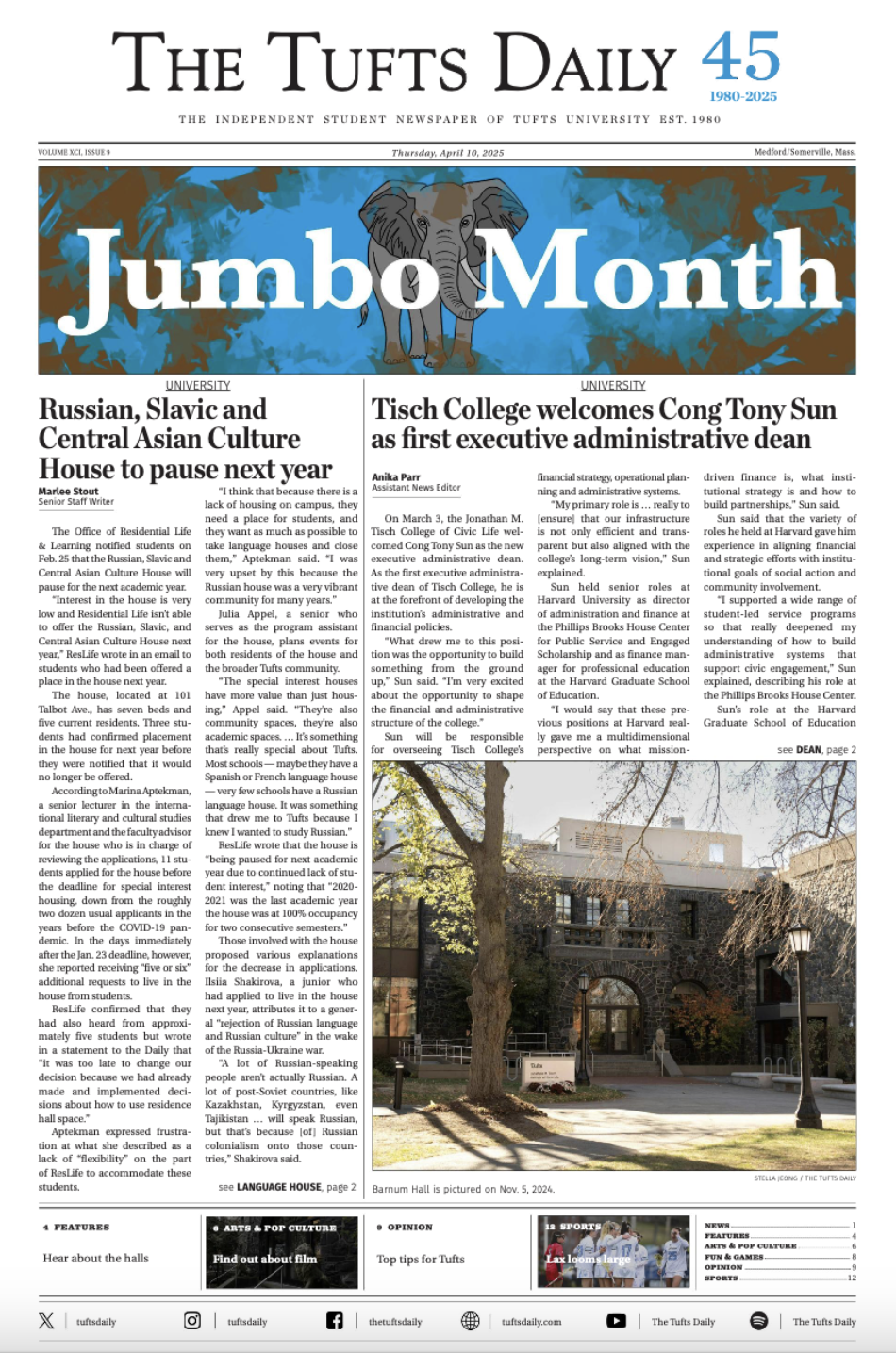The week after winter break marks the start of the notorious “syllabus week,” better known as ‘sylly week,’ a time for students to ease into their early morning lectures after a month of oversleeping, catching up with friends and going out. Many students party without worrying about doing homework with a hangover the next day. But for others, syllabus week is the only rest they get after finals season, having spent their breaks working minimum-wage jobs to save up for holiday season gifts and, more importantly, their college tuition.
According to a survey of 1,200 students ages 18–44 attending two-year and four-year colleges by education technology provider Cengage, two-thirds of the students said they are completely funding their postsecondary education. While they are intent on getting degrees, they are struggling to finance those pursuits, even with loans. Nearly half of the 2,000 colleges examined by the Institute for Higher Education Policy were only affordable to students from families with annual incomes above $160,000, which is more than double the median U.S. household income.
Tufts lies within the realm of elite colleges that target a wealthy student body, many of whom undeniably come from affluent families capable of paying nearly $85,000 cost of attendance. With more students from the top 1% of the American income scale than from the bottom 60%, Tufts sits among 37 other colleges, including five Ivy League universities and several other small liberal arts colleges, with a similar wealth disparity among their students.
The economic divide is as visible as the name brands embroidered into students’ apparel, with a mere 11.8% of Tufts’ student body coming from families with an annual income of $65,000 or less. The university’s wealth gap is no exception when it comes to winter break. A 2021 student blog post from the Harvard Student Life website entitled “In Defense of Relaxing Over Winter Break” encourages students to eat snacks and binge-watch Netflix over break. While the sentiment to reset after a grueling semester is justified, low-income students often do not have the luxury of taking a month off of work to travel and unwind.
While having an extravagant winter break is not a graduation requirement, the implied classism caused by differences in economic opportunities that disadvantaged students feel can be socially ostracizing. The Journal of Counseling Psychology reported that aside from struggling to pay for food and housing, first-generation college students on financial aid have experienced more instances of social exclusion. Furthermore, in a study of 12,000 students across 200 colleges, results demonstrated that low-income students participated less in extracurriculars and social engagements, including traveling during winter and spring breaks.
Each year, over 1.5 million college students travel during spring break, spending money on plane tickets, hotels and lots of overpriced cocktails. The social demands of elite college students are financially exclusive, and such institutional isolation can greatly affect low-income students’ well-being while also putting up academic barriers.
Students who work during the semester and over holiday breaks are about 20% less likely to complete their degrees compared to their privileged peers who can commit more time to academics. For working students who do complete their degrees, it takes an average of one-sixth of a semester longer to finish. Having less time and money to commit to education and the absence of a true winter break have resulted in low-income students having social and academic disadvantages.
Wealth and privilege are inextricably linked. A university education is not what students make of it, but what students can afford. While colleges promote equal opportunity through scholarships, financial aid and academic resources, lack of economic equity continues to broaden the collegiate wealth gap.






